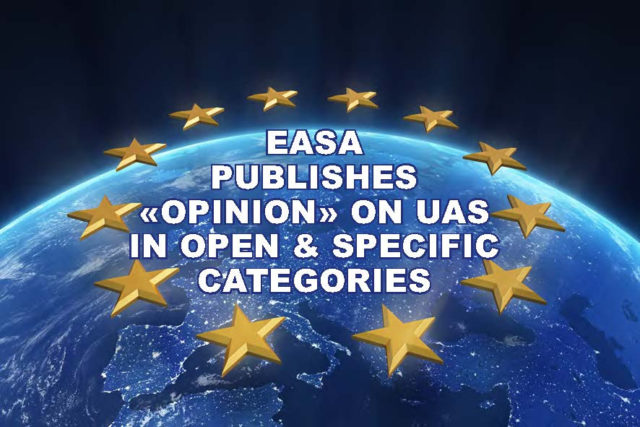The European Aviation Safety Agency (EASA) has published the document entitled “Opinion No 01/2018 – Introduction of Regulatory Framework for the Operation of UAS in the Open and Specific Categories”.
This document appears to be quite different from the EASA’s NPA; it is true in the form, but not in the content. The new Basic Regulation revised the adoption process to be used by the European Commission, in particular for UAS: regulation concerning operations and registration is adopted as an implementing rule, while regulation concerning design and production and third country operations is adopted as a delegated act. This has forced EASA to split the regulation in 2 parts:
– A delegated act, containing the requirement to make products available on the European Union market (Annex II in the NPA), including the technical requirements applicable to UAS classes and the article on third country UAS operators;
– An implementing rule containing the remaining provisions.
Moreover, the new Basic Regulation defined different requirements for registration and it mandates the registration of UAS operators that conduct operations with an Unmanned Aircraft (UA) that:
– Is able to transfer ‘80 J’ of terminal kinetic energy in an impact with a person;
– Poses a security, privacy or environmental risk; or
– Is certified.
No UA registration is required, unless the UA is certified.
These changes had not been implemented and EASA took the opportunity to simplify the cover regulation of the Implementing Rule (aviation act) and to reorganise the points of the Part UAS (without changing their content) having those related to operation first. Therefore, even if at first glance the regulations appear now quite different, the reader will recognise the content, apart from registration.
The last change made concerns the applicability. It is anticipated to ask Member States to establish the registration system and the definition of no UAS zones or restricted UAS zones, 6 months after entry into force.

